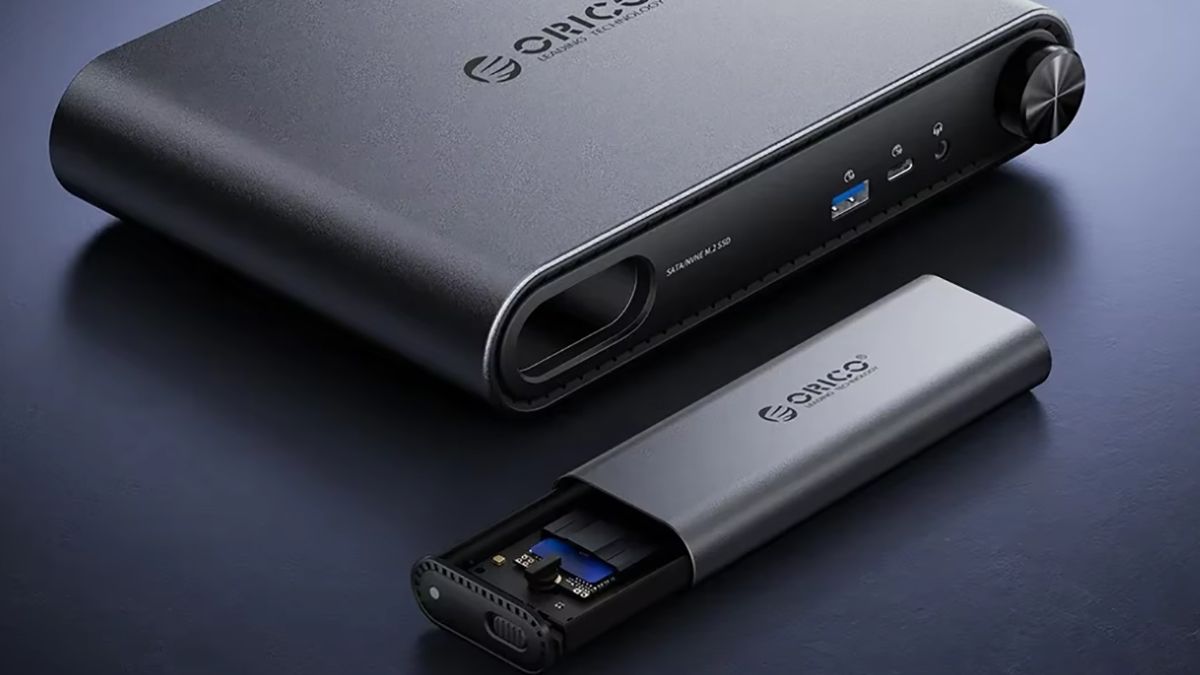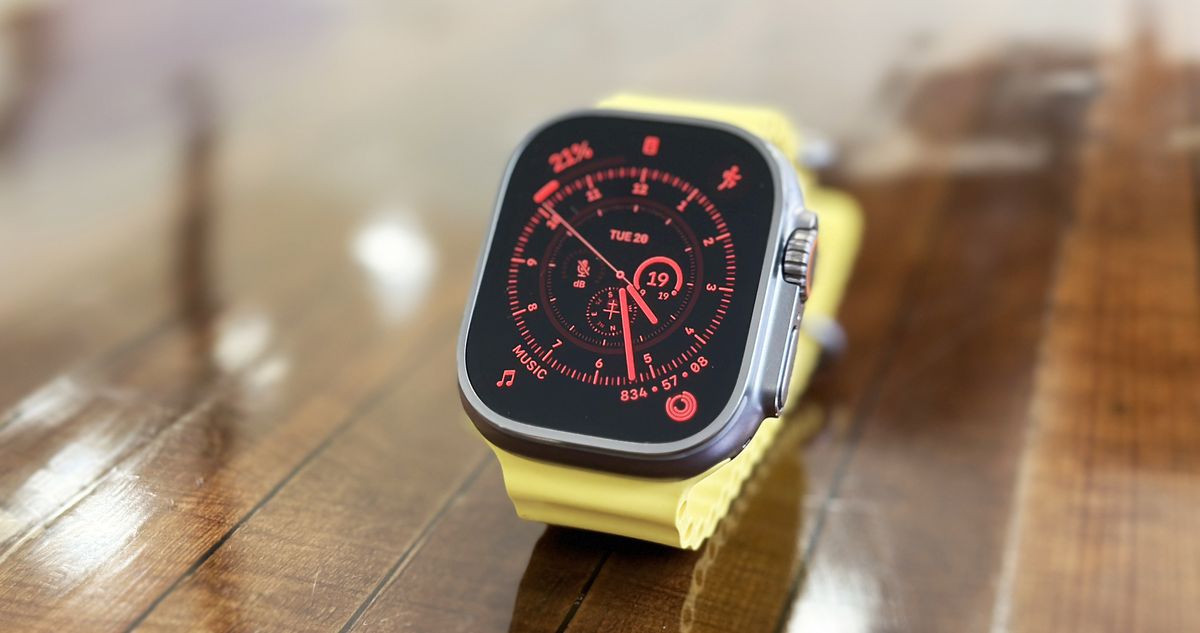
- Microsoft introduces crash-screen suppression on public displays to reduce unwanted visual disruptions
- Windows 11 hides system errors after fifteen seconds on digital signage screens
- Microsoft targets non-interactive screens with a mode that prevents extended crash visibility
Microsoft is introducing a mode designed to prevent system crashes from appearing on large public screens for extended periods.
The new Digital Signage mode temporarily shows system error screens (such as the infamous Blue Screen of Death, or BSOD) for fifteen seconds before blanking the display.
Administrators will need to interact physically with a keyboard or mouse to reactivate the screen once the error occurs.
The mode is intended for non-interactive screens rather than systems running in Kiosk mode.
Microsoft states that it suppresses other pop-up error dialogs in addition to system crashes.
The intention appears to be to reduce potentially embarassing situations where error messages appear on public panels such as transport boards, retail displays, exhibitions, or large business display installations.
Microsoft is expanding restore options by introducing point-in-time recovery that lets users revert a system to an earlier configuration.
Snapshot creation can be scheduled at intervals from four hours to twenty-four hours, with retention periods ranging from six to seventy-two hours.
The process is accessed through the Windows Recovery Environment, where users can select individual snapshots by date and time.
Microsoft has also previewed Cloud Rebuild for Windows 11, targeting IT managers who need to reinstall and configure devices remotely using Intune.
During setup, the system restores configuration and files from cloud storage, allowing organisations to redeploy machines after failures without manual reimage tools.
Microsoft plans to introduce hardware-accelerated BitLocker encryption on upcoming devices to improve performance during onboarding and reinforce data protection.
The company added future systems will support post-quantum cryptography algorithms to defend against theoretical attacks from quantum computing capabilities.
These measures apply to systems deployed across enterprise fleets, including configurations where devices operate alongside 8k monitors for visual workloads in controlled environments.
Microsoft is rolling out previews of text-generation tools that apply across multiple applications.
Writing assistance now functions across any text entry field and processes locally on devices equipped with neural processing hardware.
Outlook is gaining automated email summarization, while Word generates alternative text descriptions for images.
This update cycle may reflect growing attention to stability across environments where Windows appears on unattended panels, business monitors, or public signage.
Via The Register
Follow TechRadar on Google News and add us as a preferred source to get our expert news, reviews, and opinion in your feeds. Make sure to click the Follow button!
And of course you can also follow TechRadar on TikTok for news, reviews, unboxings in video form, and get regular updates from us on WhatsApp too.












